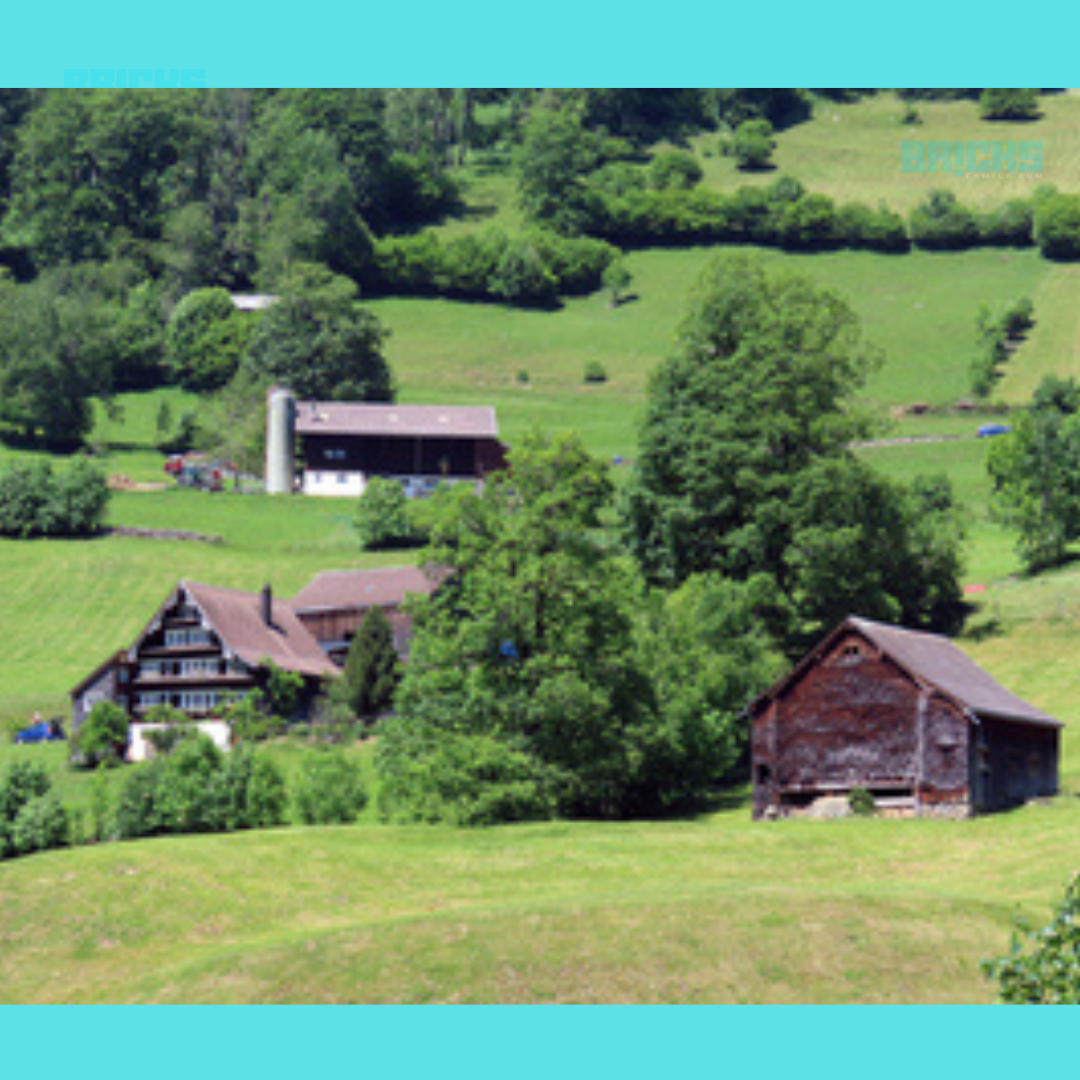With everything that can be bought and delivered within a power of swish and click, you can grow your greens and cultivate organic profit very easily. If you own a terrace, that is!
While the idea of terrace farming is still fairly new to the market, there are steadily more green roofs and rooftop farming units being built. Urban dwellers who are environmentally concerned are beginning to see the value of sustainable living as a necessity for surviving in the face of changing environmental conditions.

Being creative with lack of farming land
Metropolitan agriculture is becoming to be seen as a sustainable method of production and cultivation. it effectively supplies locally-grown fresh foods and vegetables to cities as more people migrate to and within urban regions.
Due to the shrinking amount of arable land, particularly in Indian cities, rooftop farming may be a practical choice for urban agriculture. It can significantly contribute to the control of urban environmental factors and improve air quality while providing organic and fertilizer-free produce.
Rooftop farming techniques and its benefits
Additionally, rooftop farming aids the structures’ hydrology and temperature control. Rooftop farms can be installed in both residential and commercial structures using a variety of techniques and systems. The three most well-known techniques are hydroponics, aeroponics, and container gardening.
Due to the growing replacement of green spaces by impermeable ones, it is becoming more and more important to restore them in order to preserve environmental quality. One solution to lessen the negative effects of development is to install rooftop farms or green roofs on residential and commercial structures. These features have several ecological, financial, and social advantages.
Profitable rooftop farming and Rain water harvesting
Approximately, 70% of the rainwater that passes through green roof systems is retained. Furthermore, compared to conventional roofs, green roofs have a longer lifespan. The high-temperature swings and UV light that weaken roof membranes and cause leaks during the rainy season are shielded from them.
Roof inspections must be done at least twice a year on all business and residential structures with roof gardens. Every roof should occasionally be weeded, even with our pre-grown system. Plants on green roofs should routinely be inspected for fungal infections and pest issues.
Timely maintenance goes a long way
In order to cultivate vegetables, the installed system must guarantee that there is sufficient room between plants and a sufficient layer of soil for plant growth. Regular inspection of the roof’s drainage system and irrigation system will ensure that there are no situations where water is puddling or accumulating, which could harm the plants and soil layers.
In order to combat global warming and ensure a better future, everyone must come together as active participants. This is how the trend of rooftop gardening can actually begin.
You may also like Top 20 Flower Pot Painting Ideas for the Garden














